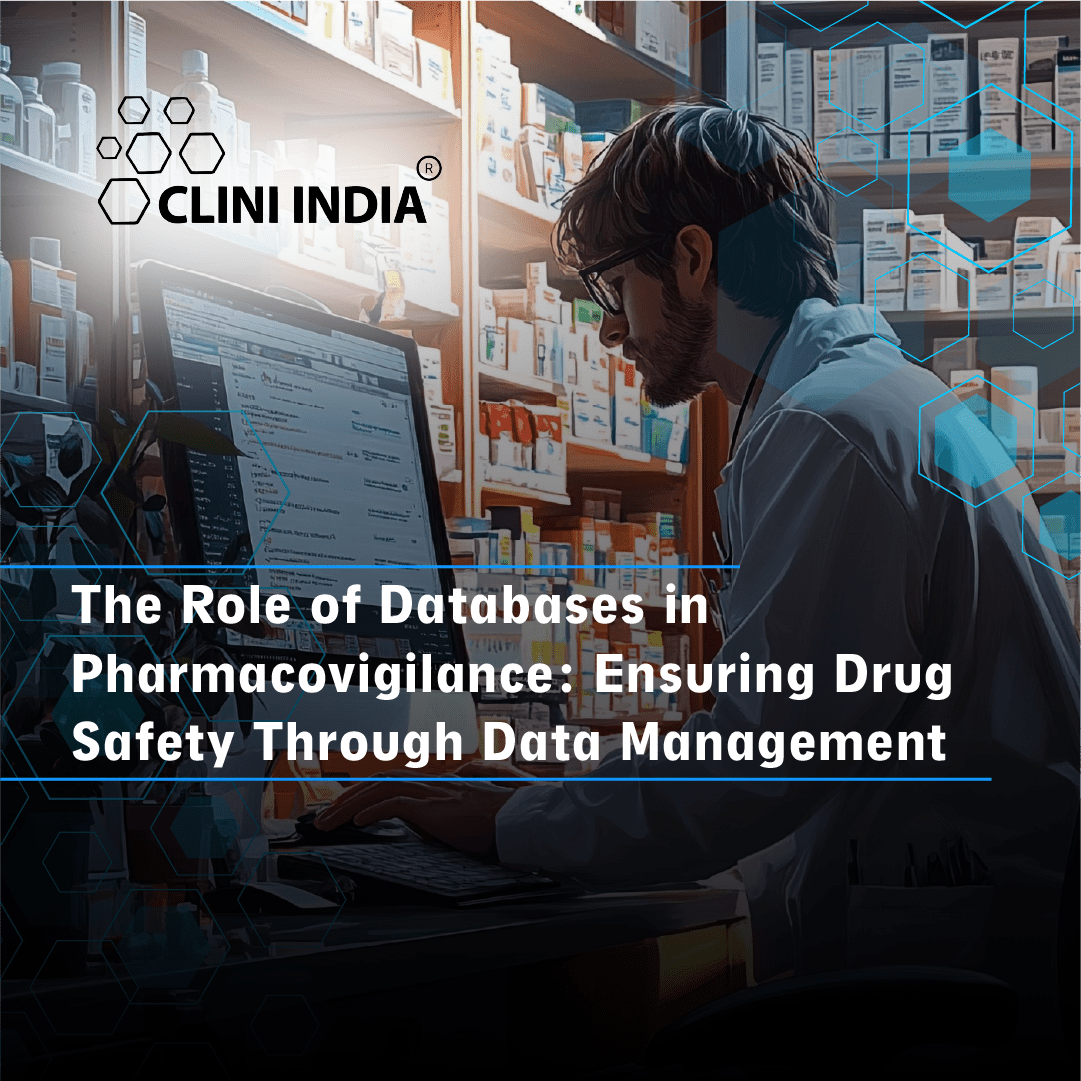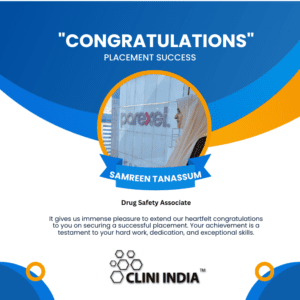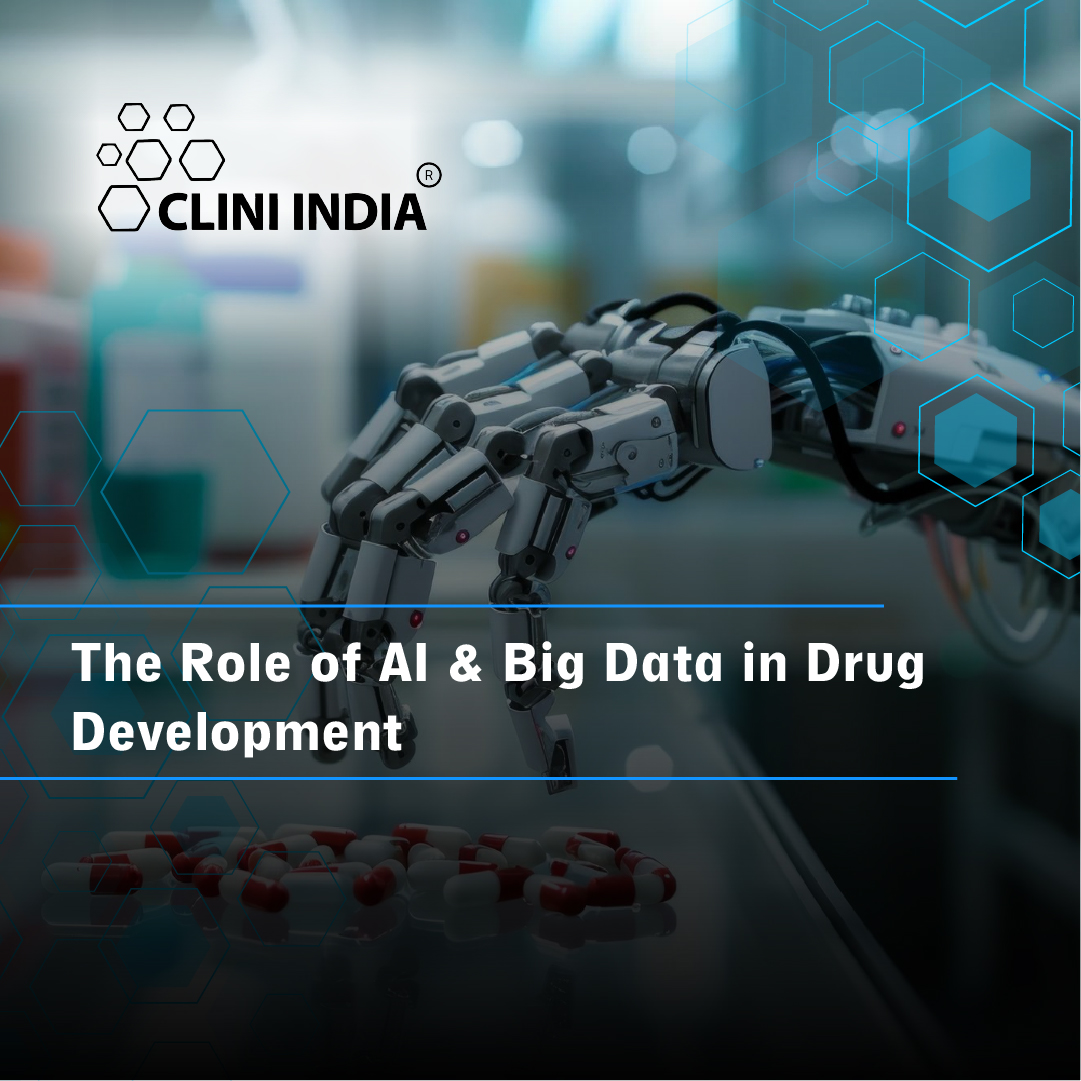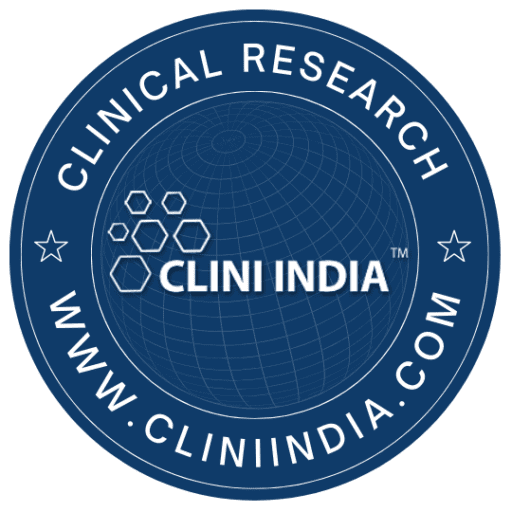
The Role of Databases in Pharmacovigilance: Ensuring Drug Safety Through Data Management
Pharmacovigilance (PV) plays a crucial role in ensuring drug safety by monitoring adverse drug reactions (ADRs) and other drug-related issues. With the increasing complexity of healthcare systems and the global expansion of pharmaceutical products, databases have become indispensable tools in pharmacovigilance. These databases facilitate the collection, analysis, and reporting of drug safety data, thereby improving public health outcomes.
Importance of Databases in Pharmacovigilance
Pharmacovigilance databases serve as centralized repositories for drug safety data. They help healthcare professionals, regulatory authorities, and pharmaceutical companies detect and prevent potential safety risks associated with medications. The key functions of these databases include:
- Adverse Event Reporting – Databases collect reports on ADRs from healthcare providers, patients, and pharmaceutical industries, allowing regulatory bodies to analyze trends and signals.
- Signal Detection and Risk Assessment – Through advanced data-mining techniques, databases help identify previously unrecognized drug-related risks.
- Regulatory Compliance – Governments and international health organizations mandate the use of databases to ensure compliance with safety regulations and guidelines.
- Post-Marketing Surveillance – Beyond clinical trials, databases support long-term monitoring of drug safety in real-world settings.
Key Pharmacovigilance Databases
Several global and national pharmacovigilance databases are utilized for drug safety monitoring. Some of the most significant ones include:
1. VigiBase (WHO-UMC Database)
- Managed by the Uppsala Monitoring Centre (UMC) for the World Health Organization (WHO), VigiBase is the world’s largest database for ADRs, containing millions of reports from participating countries.
2. FAERS (FDA Adverse Event Reporting System)
- Maintained by the U.S. Food and Drug Administration (FDA), FAERS collects ADR reports from patients, healthcare professionals, and manufacturers to support regulatory decisions.
3. EudraVigilance
- Managed by the European Medicines Agency (EMA), EudraVigilance is a database used within the European Union (EU) for monitoring suspected adverse reactions of medicinal products.
4. India’s PvPI (Pharmacovigilance Programme of India) Database
- PvPI, under the Indian Pharmacopoeia Commission, maintains a national database to monitor ADRs and ensure drug safety in India.
Challenges in Pharmacovigilance Databases
While databases have revolutionized pharmacovigilance, several challenges remain:
- Data Quality and Accuracy – Incomplete or incorrect ADR reports can lead to misleading safety assessments.
- Duplication of Reports – Identifying duplicate entries in large datasets remains a challenge.
- Interoperability Issues – Different databases use varied reporting formats, making data integration difficult.
- Underreporting of ADRs – Many healthcare professionals and patients do not report ADRs, limiting the scope of data analysis.
Future Trends in Pharmacovigilance Databases
The future of pharmacovigilance databases is shaped by technological advancements, including:
- Artificial Intelligence (AI) and Machine Learning (ML) – These technologies enhance signal detection and automate ADR assessments.
- Big Data Analytics – Advanced analytics help in real-time monitoring and proactive risk management.
- Blockchain Technology – Ensuring secure and tamper-proof drug safety records.
- Integration with Electronic Health Records (EHRs) – Seamless data sharing between EHRs and PV databases will improve ADR reporting.
Pharmacovigilance databases are fundamental to ensuring drug safety and protecting public health. By efficiently collecting and analyzing ADR data, these databases help regulatory bodies take timely action to mitigate risks associated with pharmaceutical products. With advancements in AI, big data, and blockchain technology, the future of pharmacovigilance will be more data-driven, efficient, and proactive in safeguarding patient health.


























































